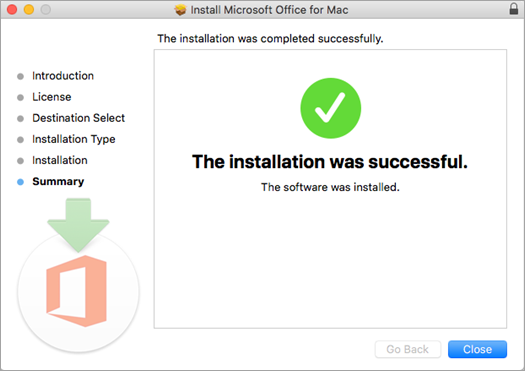

If there’s a button you don’t want or one that you think is missing, it’s easy to change the toolbar. Word 2008’s simpler toolbar includes all of what you need to effectively open, create, and save documents, undo and redo changes, and add tables and columns. They were too easy to accidentally rearrange and contained way more buttons than most people used. In previous versions, Word’s toolbars could fill up most of the top of your screen. It sits at the top of your document window, rather than being tied to the menu bar. The first and most obvious interface change is the new toolbar. Like the other Office 2008 apps, Word has a new user interface that makes it easier to manage preferences, consolidates most of Word’s formatting tools, and puts key document elements-including cover pages, headers, footers, and bibliographies-a single click away. Preferences Pane: Word’s new preferences pane is more Mac-like and better organizes Word’s many preference options, making it much easier to customize the program. If you’re accustomed to Word 2004’s automation features, you’re going to be disappointed in Word 2008. Those replacements don’t offer the recording or other features that made it pretty simple to automate and customize Word 2004. In its place, Word 2008 offers limited support for AppleScript and Automator.

The biggest downside in what would otherwise be an excellent upgrade: the elimination of Visual Basic for Applications (VBA).

Like Apple’s Pages, Microsoft Word now allows you to select a distinct editing environment specifically for creating layout-intensive documents. Creating complex, graphics-rich documents requires tools historically found in powerful page layout programs such as Adobe InDesign or QuarkXPress. Like Apple, Microsoft has apparently concluded that people use word processing programs for far more than just creating text-based documents. In this new view, arranging text and graphics on the page is far simpler than it was in previous versions of Word. But the biggest improvement is the addition of a new view option called Publishing Layout. Those changes include a new document format, a simplified toolbar, and a new toolbox that combines palettes for managing formatting, clip art, iPhoto images, research, and bibliographies. How much more can Microsoft do to tweak its venerable word processor? Surprisingly, Word gets several major enhancements in Office 2008, the first version of Microsoft’s productivity suite to run natively on both PowerPC- and Intel-based Macs. It has been 24 years since Microsoft first released Word, and four years since the program’s last major upgrade.


 0 kommentar(er)
0 kommentar(er)
